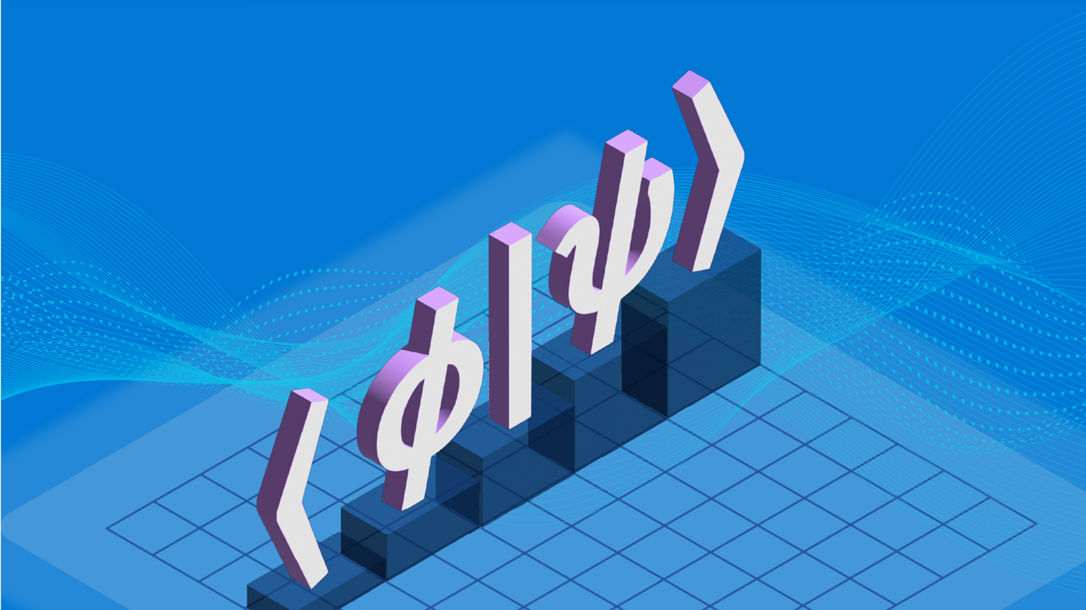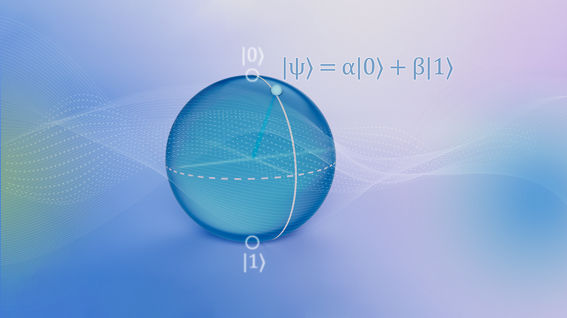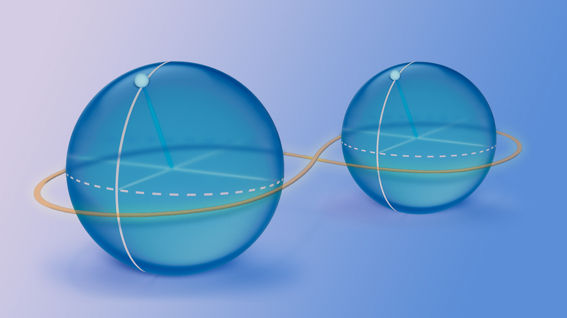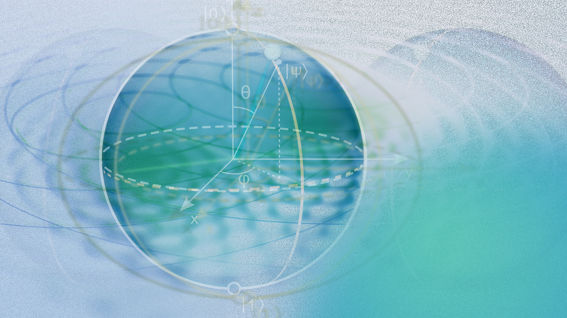Dirac notation is a mathematical notation used in quantum mechanics to represent quantum states and operations. It was introduced by the physicist Paul Dirac and is also known as bra-ket notation. In Dirac notation, a quantum state is represented by a column vector denoted as a variable name enclosed in special symbols, e.g. |ψ⟩. The corresponding bra is the conjugate transpose of the ket, represented by a row vector also enclosed in special symbols, e.g., ⟨ψ|. The bra-ket notation allows for easy computation of quantum mechanical probabilities and amplitudes using linear algebra.
Dirac notation is used in quantum computing to describe quantum states and quantum operations in a concise and convenient way. Quantum states are represented by kets, such as |0⟩ and |1⟩, which correspond to the computational basis states of a single qubit. Quantum operations are represented by linear operators, which correspond to unitary transformations on quantum states.

Benefits of Dirac notation
Although linear algebra is a powerful mathematical framework for understanding the behavior of quantum systems, its column vector notation is often cumbersome for quantum computing, especially when dealing with multiple qubits. In contrast, Dirac notation was designed specifically to express quantum states concisely and efficiently. In quantum computing, it is often used to represent the state of a qubit, for example:
|ψ⟩ = α|0⟩ + β|1⟩
where α and β are complex numbers called the probability amplitudes, and they satisfy the condition |α|^2 + |β|^2 = 1, which ensures that the state is normalized. The example above tells us that the qubit is in a superposition of the |0⟩ and |1⟩ states, with probability amplitudes α and β, respectively.
Dirac notation can also be used to represent quantum gates, which are the building blocks of quantum circuits. For example, the NOT gate, which flips the state of a qubit, can be represented by the following matrix:
X = |0⟩⟨1| + |1⟩⟨0|
When applied to a qubit in the state |ψ⟩, the NOT gate produces a new state |ψ'⟩:
|ψ'⟩ = X|ψ⟩
This notation allows us to manipulate and transform quantum states and gates in a concise and elegant way, making it a powerful tool for quantum computing.





